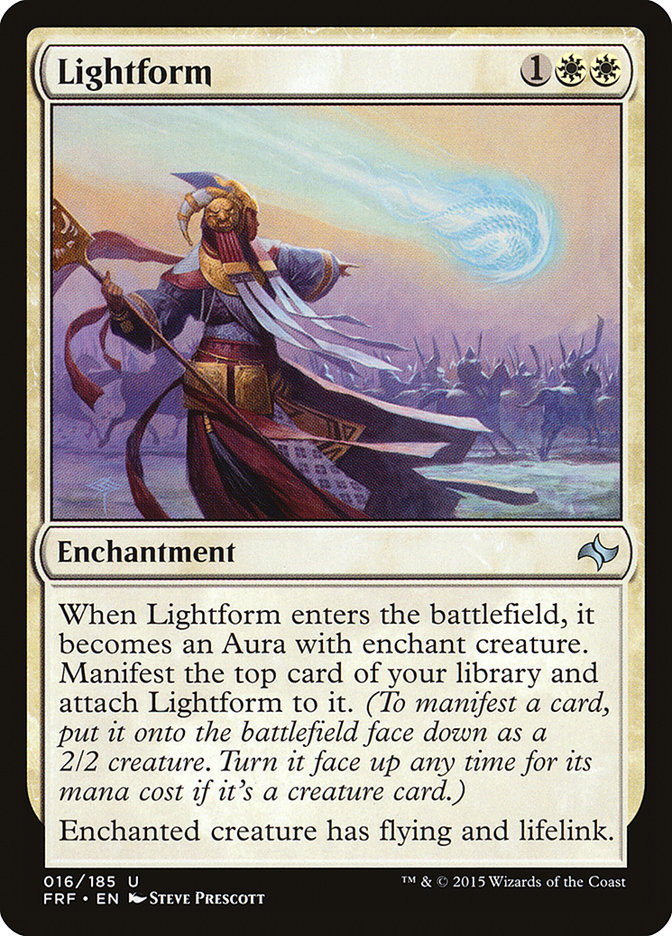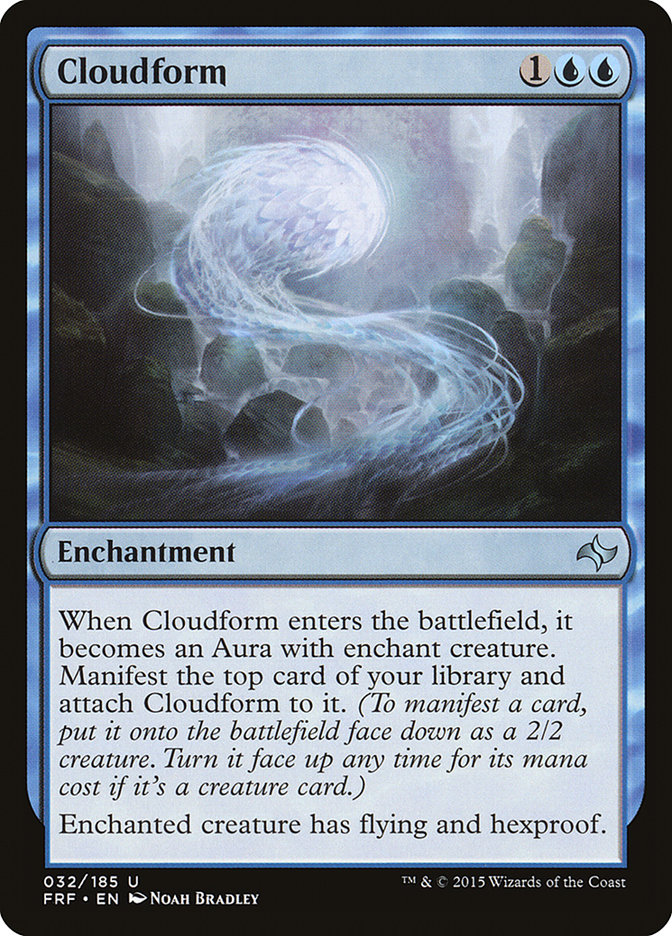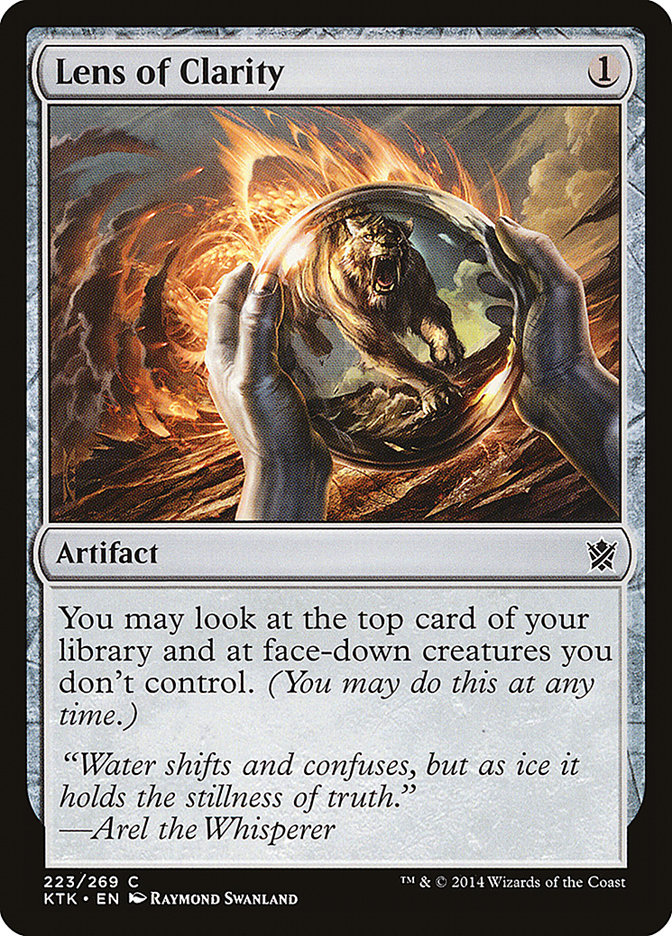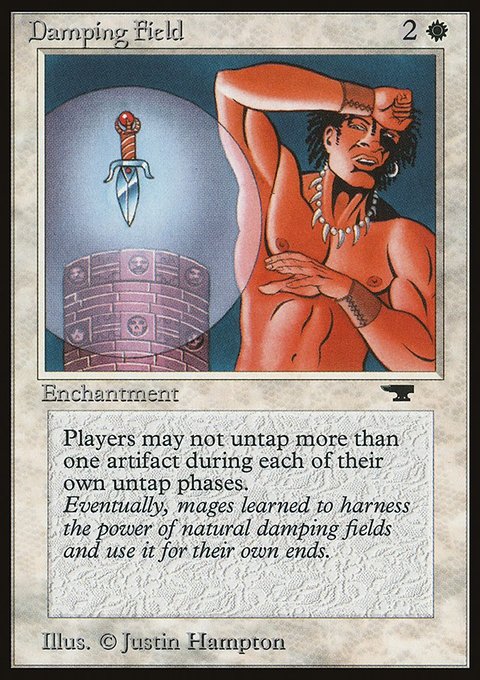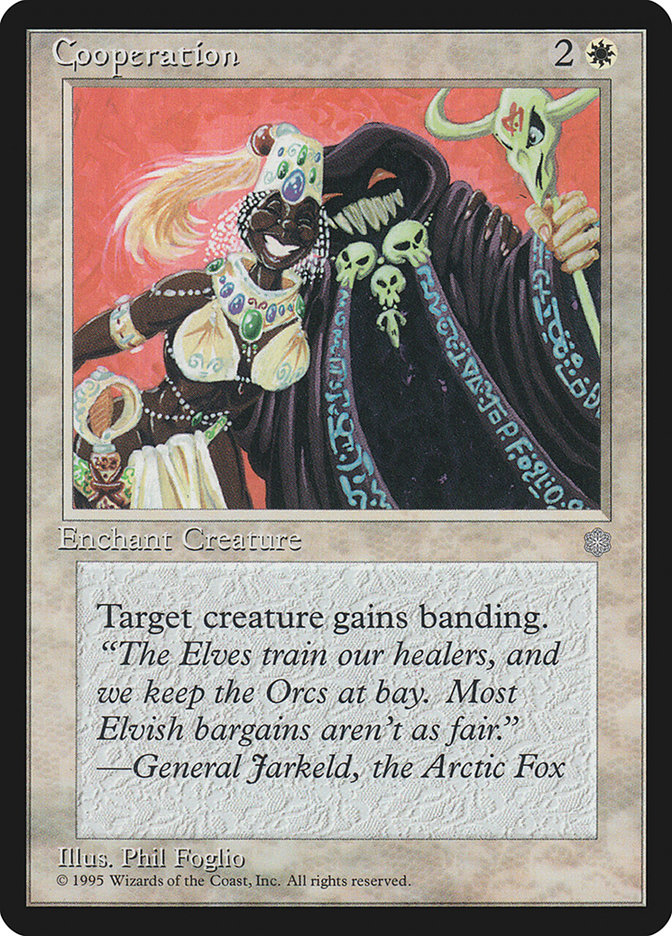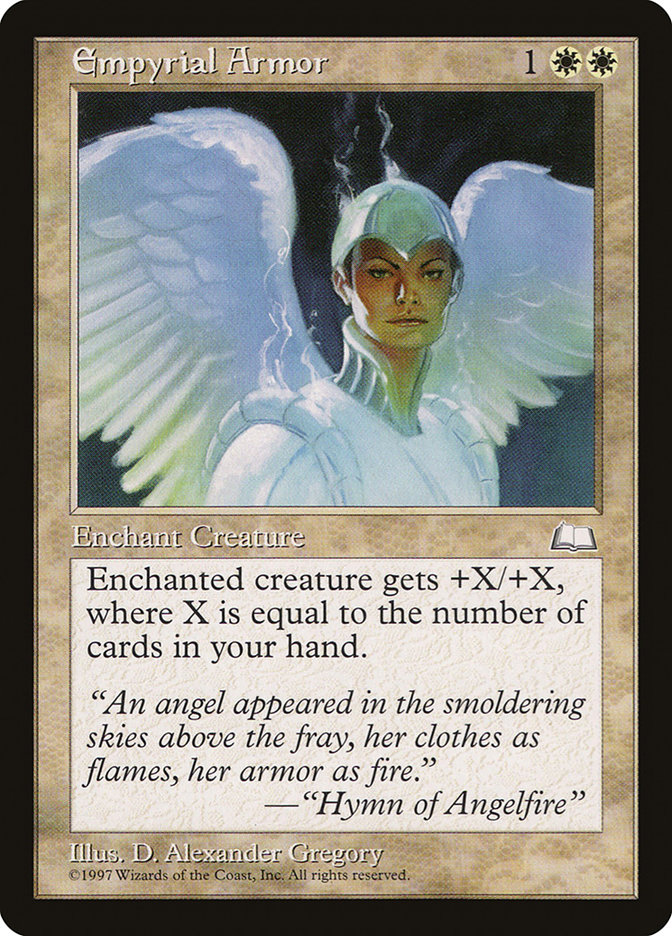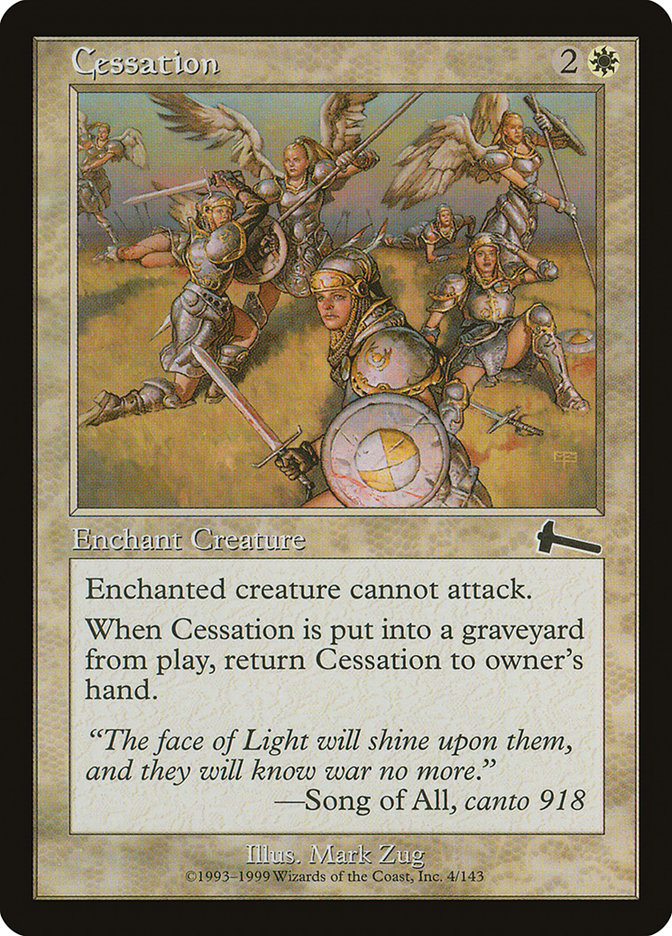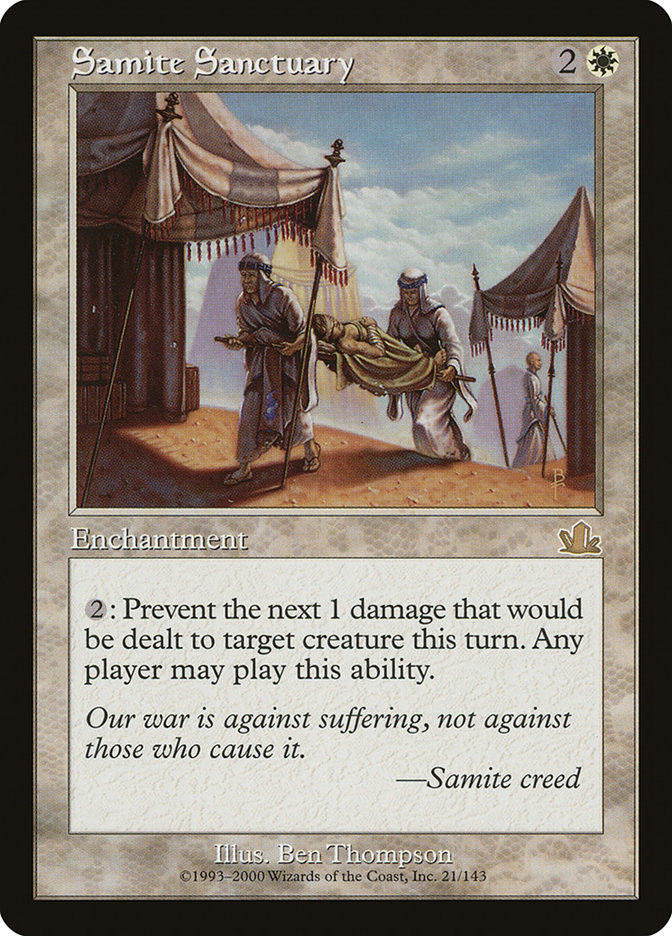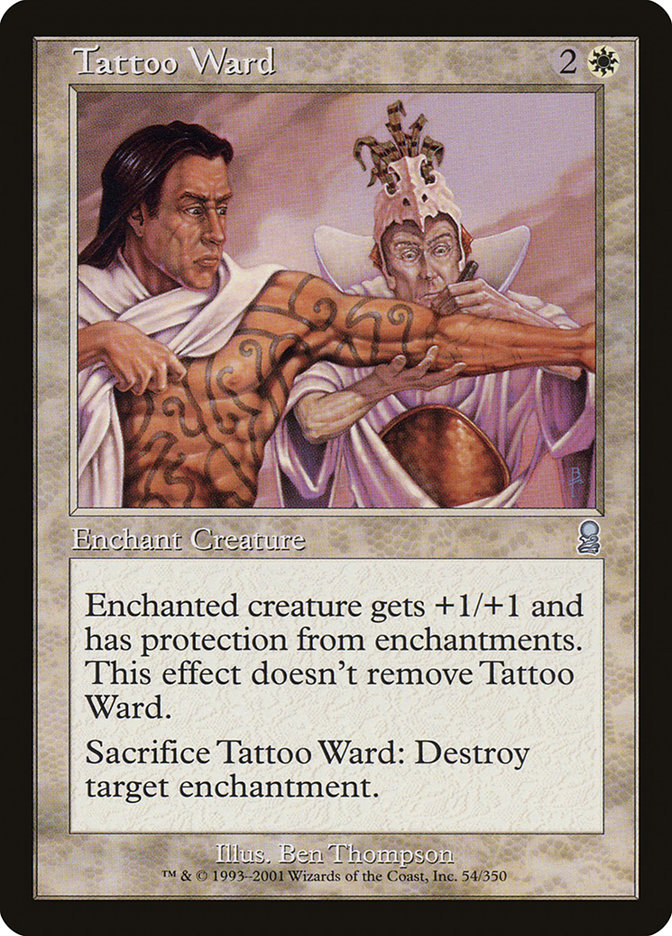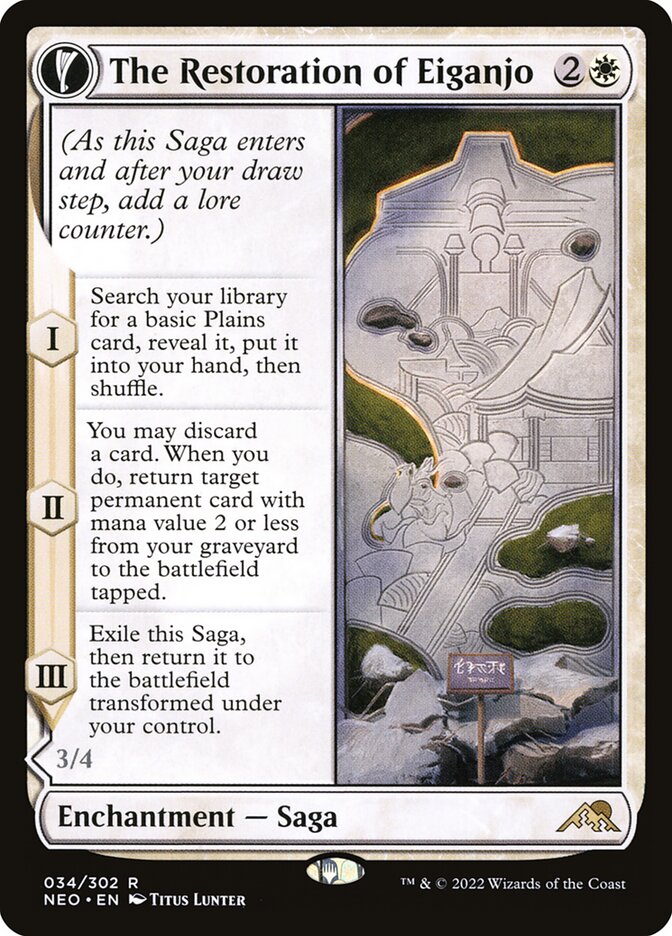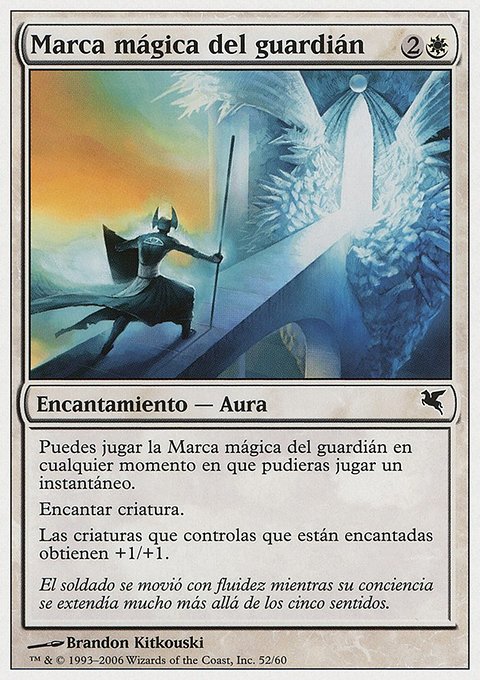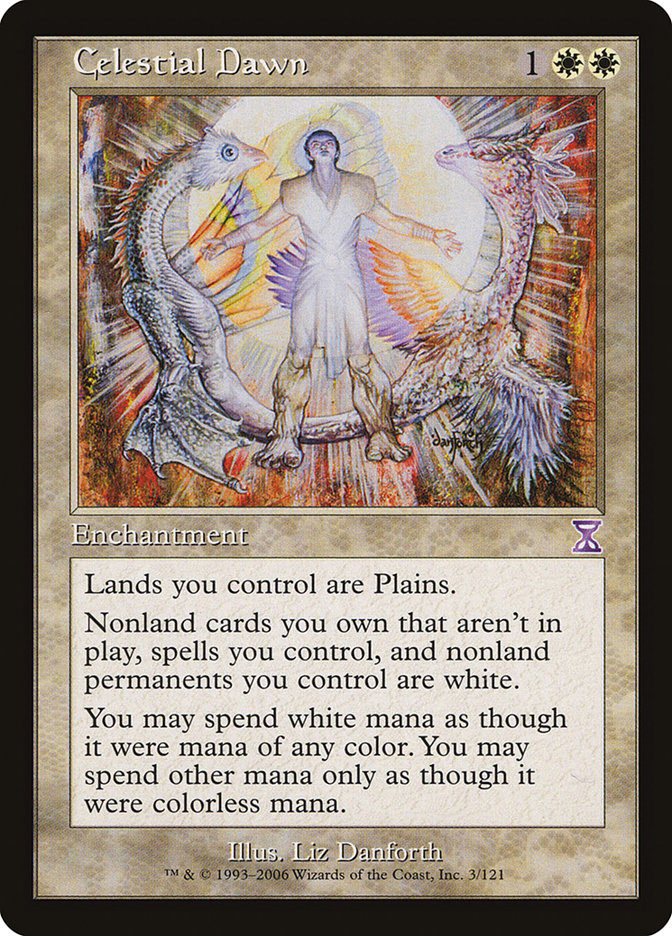Lightform MTG Card
| Card sets | Released in 4 setsSee all |
| Mana cost | |
| Converted mana cost | 3 |
| Rarity | Uncommon |
| Type | Enchantment |
| Abilities | Manifest |
Text of card
When Lightform enters the battlefield, it becomes an Aura with enchant creature. Manifest the top card of your library and attach Lightform to it. (To manifest a card, put it onto the battlefield face down as a 2/2 creature. Turn it face up any time for its mana cost if it's a creature card.) Enchanted creature has flying and lifelink.
Cards like Lightform
Lightform is an enchantment card in MTG that carves a niche for itself through a unique blend of abilities. It mirrors the functionality of cards like Cloudform, which also turns the top card of your library into a formidable manifested creature with flying. Yet, unlike Cloudform, Lightform grants the bonus of lifelink, gifting a dual layer of offensive and defensive utility.
Another comparative card is Lens of Clarity which allows players to look at the top card of their library at any time, albeit without the advantage of manifesting it. Jeskai Infiltrator is yet another kindred spirit in terms of gameplay – it manifests the top card of your library when it deals combat damage to a player, but lacks the bonus abilities provided by Lightform.
Ultimately, Lightform showcases a compelling synergetic edge in MTG, deftly combining board presence with an ever-useful lifegain, making it a valuable choice for players who enjoy a dynamic approach to creature-based strategies.
Cards similar to Lightform by color, type and mana cost
Card Pros
Card Advantage: Lightform shines by not just placing an enchantment on the field but also potentially manifesting a high-value creature from your deck. This means you’re effectively getting two cards’ worth of value from a single play, enhancing your board presence and options in hand.
Resource Acceleration: While Lightform itself doesn’t produce mana or tokens, it accelerates your resource utilization. By cheating a creature onto the battlefield, you can make use of your mana base more efficiently, saving resources for other pivotal plays during crucial game moments.
Instant Speed: Although Lightform is an enchantment that operates at sorcery speed, the creature it manifests can have flash if it has that ability intrinsically. This can set you up for surprise blocks or advantageous turns, tapping into the strategic depth that instant-speed interactions offer.
Card Cons
Discard Requirement: Engaging with Lightform demands you to discard a card, which can be quite a drawback when your hand is already lacking valuable options or when it’s crucial to maintain card advantage over your opponent.
Specific Mana Cost: Lightform’s casting cost requires precise mana in both white and blue, presenting a challenge for decks that do not consistently generate both types of mana. This can limit its inclusion to primarily Azorius or multi-color decks that can accommodate such mana demands.
Comparatively High Mana Cost: While Lightform offers a unique effect, with its relatively steep mana cost comprising three specific mana plus one of any color, it competes with a range of other cards that could potentially provide more immediate board presence or value for the same or lesser investment.
Reasons to Include in Your Collection
Versatility: Lightform is a flexible card, easily slotting into decks that play around creature enchantments and flickering effects. It allows for a smooth card transition into the battlefield, potentially bringing a strong creature into play much earlier than normal.
Combo Potential: This enchantment synergizes with cards that manipulate the top of your library, ensuring you can manifest powerful creatures. Coupled with ways to flip the manifested creature up, it becomes a powerful engine in any deck.
Meta-Relevance: In a game state populated with creature-based strategies, Lightform provides an immediate board presence and potential surprise factor that can pivot the course of a match, aligning well with current gameplay dynamics.
How to beat
Lightform is a unique enchantment card in the world of Magic: The Gathering, introducing a blend of creature buff and manifest mechanics. This synergy enables players to create a powerful presence on the battlefield by turning the top card of their library into a mysterious, face-down creature with flying and lifelink. The element of surprise it brings can catch an unprepared opponent off guard.
To effectively counter Lightform, players should focus on abilities that can address the face-down creature without needing to target it specifically. Cards with mass removal effects or those that change the rules of combat, such as “Archfiend of Depravity” or “Engineered Explosives,” can wipe the board clean, including any creatures brought forth by Lightform. Alternatively, players can employ counter spells or hand disruption techniques to prevent Lightform from ever hitting the board. Cards like “Thoughtseize” or “Negate” can be crucial in this strategy. The key is to maintain board control and manage threats before they can manifest into larger problems.
Understanding the nature of the manifested creature Lightform brings to play can also be pivotal. It’s essential to keep an eye on how your opponent manages their deck and the probable identity of the face-down creature. Advanced knowledge or prediction can inform your removal or control choices, making Lightform less of an enigma and more of a manageable threat.
Where to buy
If you're looking to purchase Lightform MTG card by a specific set like Fate Reforged and Commander 2018, there are several reliable options to consider. One of the primary sources is your local game store, where you can often find booster packs, individual cards, and preconstructed decks from current and some past sets. They often offer the added benefit of a community where you can trade with other players.
For a broader inventory, particularly of older sets, online marketplaces like TCGPlayer, Card Kingdom and Card Market offer extensive selections and allow you to search for cards from specific sets. Larger e-commerce platforms like eBay and Amazon also have listings from various sellers, which can be a good place to look for sealed product and rare finds.
Additionally, Magic’s official site often has a store locator and retailer lists for finding Wizards of the Coast licensed products. Remember to check for authenticity and the condition of the cards when purchasing, especially from individual sellers on larger marketplaces.
Below is a list of some store websites where you can buy the Lightform and other MTG cards:
 BUY NOW
BUY NOW BurnMana is an official partner of TCGPlayer
- eBay
- Card Kingdom
- Card Market
- Star City Games
- CoolStuffInc
- MTG Mint Card
- Hareruya
- Troll and Toad
- ABU Games
- Card Hoarder Magic Online
- MTGO Traders Magic Online
See MTG Products
Printings
The Lightform Magic the Gathering card was released in 4 different sets between 2015-01-23 and 2019-11-07. Illustrated by Steve Prescott.
| # | Released | Name | Code | Symbol | Number | Frame | Layout | Border | Artist |
|---|---|---|---|---|---|---|---|---|---|
| 1 | 2015-01-23 | Fate Reforged | FRF | 16 | 2015 | Normal | Black | Steve Prescott | |
| 2 | 2018-08-09 | Commander 2018 | C18 | 68 | 2015 | Normal | Black | Steve Prescott | |
| 3 | 2019-11-07 | Mystery Booster | MB1 | 160 | 2015 | Normal | Black | Steve Prescott | |
| 4 | The List | PLST | C18-68 | 2015 | Normal | Black | Steve Prescott |
Legalities
Magic the Gathering formats where Lightform has restrictions
| Format | Legality |
|---|---|
| Commander | Legal |
| Legacy | Legal |
| Modern | Legal |
| Oathbreaker | Legal |
| Vintage | Legal |
| Duel | Legal |
| Pioneer | Legal |
Rules and information
The reference guide for Magic: The Gathering Lightform card rulings provides official rulings, any errata issued, as well as a record of all the functional modifications that have occurred.
| Date | Text |
|---|---|
| 2014-11-24 | A permanent that turns face up or face down changes characteristics but is otherwise the same permanent. Spells and abilities that were targeting that permanent, as well as Auras and Equipment that were attached to the permanent, aren’t affected. |
| 2014-11-24 | Any time you have priority, you may turn a manifested creature face up by revealing that it’s a creature card (ignoring any copy effects or type-changing effects that might be applying to it) and paying its mana cost. This is a special action. It doesn’t use the stack and can’t be responded to. |
| 2014-11-24 | At any time, you can look at a face-down permanent you control. You can’t look at face-down permanents you don’t control unless an effect allows you to or instructs you to. |
| 2014-11-24 | Because face-down creatures don’t have names, they can’t have the same name as any other creature, even another face-down creature. |
| 2014-11-24 | Because the permanent is on the battlefield both before and after it’s turned face up, turning a permanent face up doesn’t cause any enters-the-battlefield abilities to trigger. |
| 2014-11-24 | If a face-down permanent you control leaves the battlefield, you must reveal it. You must also reveal all face-down spells and permanents you control if you leave the game or if the game ends. |
| 2014-11-24 | If a manifested creature would have morph if it were face up, you may also turn it face up by paying its morph cost. |
| 2014-11-24 | If the enchanted creature is turned face up, the “Form” will continue to enchant it. |
| 2014-11-24 | If you have no cards in your library as the ability resolves, the “Form” will be put into its owner’s graveyard as a state-based action. |
| 2014-11-24 | Some older Magic sets feature double-faced cards, which have a Magic card face on each side rather than a Magic card face on one side and a Magic card back on the other. The rules for double-faced cards are changing slightly to account for the possibility that they are manifested. If a double-faced card is manifested, it will be put onto the battlefield face down. While face down, it can’t transform. If the front face of the card is a creature card, you can turn it face up by paying its mana cost. If you do, its front face will be up. A double-faced permanent on the battlefield still can’t be turned face down. |
| 2014-11-24 | The face-down permanent is a 2/2 creature with no name, mana cost, creature types, or abilities. It’s colorless and has a converted mana cost of 0. Other effects that apply to the permanent can still grant or change any of these characteristics. |
| 2014-11-24 | There are no cards in the Fate Reforged set that would turn a face-down instant or sorcery card on the battlefield face up, but some older cards can try to do this. If something tries to turn a face-down instant or sorcery card on the battlefield face up, reveal that card to show all players it’s an instant or sorcery card. The permanent remains on the battlefield face down. Abilities that trigger when a permanent turns face up won’t trigger, because even though you revealed the card, it never turned face up. |
| 2014-11-24 | Turning a permanent face up or face down doesn’t change whether that permanent is tapped or untapped. |
| 2014-11-24 | Unlike a face-down creature that was cast using the morph ability, a manifested creature may still be turned face up after it loses its abilities if it’s a creature card. |
| 2014-11-24 | You must ensure that your face-down spells and permanents can easily be differentiated from each other. You’re not allowed to mix up the cards that represent them on the battlefield in order to confuse other players. The order they entered the battlefield should remain clear. Common methods for indicating this include using markers or dice, or simply placing them in order on the battlefield. You must also track how each became face down (manifested, cast face down using the morph ability, and so on). |
| 2014-11-24 | You’ll still manifest the top card of your library even if the “Form” isn’t on the battlefield as its enters-the-battlefield ability resolves. |
| 2018-07-13 | Any time you have priority, you may turn a manifested creature face up by revealing that it’s a creature card (ignoring any type-changing effects that might be applying to it) and paying its mana cost. This is a special action. It doesn’t use the stack and can’t be responded to. |
| 2018-07-13 | At any time, you can look at a face-down permanent you control. You can’t look at face-down permanents you don’t control unless an effect instructs you to do so. |
| 2018-07-13 | Because face-down creatures don’t have a name, they can’t have the same name as any other creature or share any creature types with any other creature, even another face-down creature. |
| 2018-07-13 | If an effect tries to return a face-down creature to the battlefield after it leaves (such as Aminatou’s second ability or Adarkar Valkyrie’s delayed triggered ability), that effect returns the card face up. If it tries to put an instant or sorcery card onto the battlefield this way, that card remains in its current zone instead. |
| 2018-07-13 | Some previous Magic sets feature double-faced cards, which have a Magic card face on each side rather than a Magic card face on one side and a Magic card back on the other. If a double-faced card is manifested, it will be put onto the battlefield face down. While face down, it can’t transform. If the front face of the card is a creature card, you can turn it face up by paying its mana cost. If you do, its front face will be up. Although a double-faced card can enter the battlefield face down, one already on the battlefield can’t be turned face down. |
| 2018-07-13 | The face-down characteristics of a permanent are copiable values. If another object becomes a copy of a face-down creature or if a token is created that’s a copy of a face-down creature, that new object is a 2/2 colorless face-up creature with no abilities. |
| 2018-07-13 | There are no cards in this set that would turn a face-down instant or sorcery card on the battlefield face up, but some older cards can try to do this. If something tries to turn a face-down instant or sorcery card on the battlefield face up, reveal that card to show all players it’s an instant or sorcery card. The permanent remains on the battlefield face down. Abilities that trigger when a permanent turns face up won’t trigger, because even though you revealed the card, it never turned face up. |
| 2018-07-13 | You must ensure that your face-down spells and permanents can easily be differentiated from each other. You’re not allowed to mix up the cards that represent them on the battlefield to confuse other players. The order they entered the battlefield should remain clear. Common methods for indicating this include using markers or dice, or simply placing them in order on the battlefield. You must also track how each became face down (manifested, cast face down using a morph ability, and so on). |
